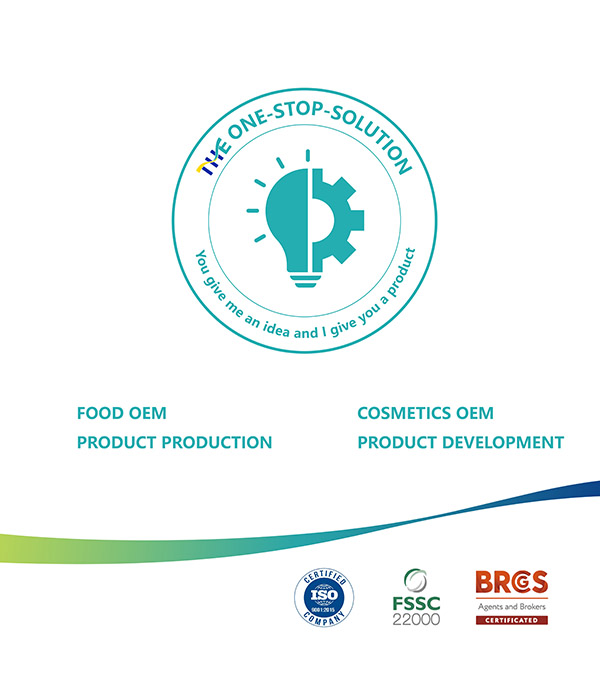Fruit and Vegetable Food Preservation and colour fixation solutions
Fruit and Vegetable Food Preservation and colour fixation solutions
In the processing of fruits and vegetables, discoloration and flavor alteration primarily occur due to oxidation when the juices or cut surfaces come into contact with oxygen, leading to oxidative browning. The color changes in processed products are mainly attributed to alterations in their chemical composition, which can be categorized into two types: enzymatic browning and non-enzymatic browning.
To appropriately extend the duration for which the original color is maintained, several methods are employed. Firstly, optimization of processing techniques, the quality of raw and auxiliary materials, and their proportions is crucial. Additionally, the application of colorants, antioxidants, preservatives, and anti-microbial agents plays a significant role. The correct use of compounded fresh-keeping and color-preserving agents significantly reduces oxidation reactions, inhibits enzymatic browning, and markedly improves the product's storage properties such as light resistance and high-temperature tolerance, ensuring the quality stability of fruit and vegetable products.
1. Through extensive scientific testing, the combination of antioxidants, ion chelators, natural pigments, and enzyme preparations synergistically enhances efficacy, simplifies production processes, and reduces costs.
2. Offers natural color-preserving and freshness-extending solutions, with customizable products that achieve preservative functions, supporting clean label initiatives.
3. Adapts to various taste and texture characteristics, synergizing with crispness-preserving agents to ensure products excel in color, aroma, and flavor.
4. Customizable freshness and color-preserving agents that best fit the factory's equipment and process conditions, integrating physical methods such as oxygen isolation, enzyme deactivation, salting, and reducing heat treatment intensity to lower production costs and optimize efficiency.
5. Suitable for various food storage and transportation conditions, ensuring product quality stability within the shelf life.
6. Effective refinement of product forms and application scenarios, with options available in fine powder and emulsion forms.
7. Provides value-added services including technical guidance tailored to the product.
1. Fruit and vegetable juices, juice beverages, tea drinks, plant-based beverages, and other drinks.
2. Pickled vegetables and fermented vegetable products.
3. Fresh fruits and vegetables, as well as canned fruit and vegetable products.
4. Eight-treasure porridge and instant vegetable soups.
5. Jams, salad dressings, and jellies.
6. Preserved fruits and candied fruits.






